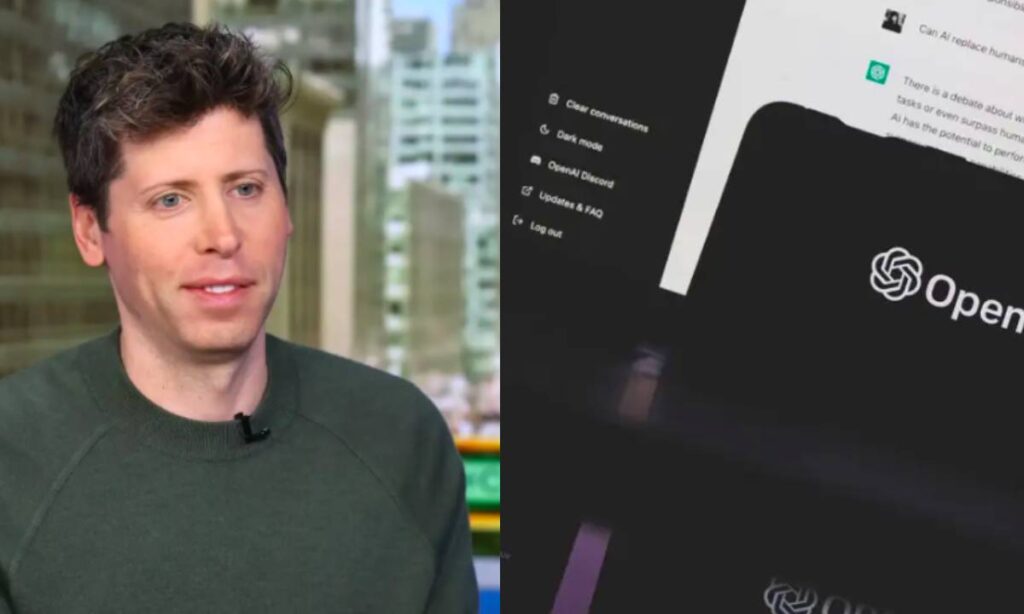OpenAI recently unveiled its latest breakthrough in artificial intelligence: the O3 model, a “reasoning” system that has made significant strides in AI capabilities. While O3’s achievements signal notable progress in reasoning tasks, experts agree it is still far from achieving artificial general intelligence (AGI).
Table of Contents

O3 and the ARC Challenge
The O3 model garnered attention for its performance on the Abstraction and Reasoning Corpus (ARC) Challenge, a benchmark designed to test AI’s ability to solve visual puzzles requiring basic reasoning. Created by Google engineer François Chollet, the ARC Challenge evaluates an AI’s general intelligence by its ability to identify patterns in colored grids under strict computational limits.
O3 achieved an impressive 75.7% on the ARC’s semi-private test leaderboard, meeting cost constraints of less than $10,000. This marked a substantial improvement over previous models in OpenAI’s GPT lineage. Unofficially, O3 scored 87.5%, surpassing the typical human benchmark of 84%. However, this higher score required nearly 172 times the computational power, with costs running into thousands of dollars per task—far exceeding the ARC’s limits for winning its $600,000 grand prize.
“This is a surprising and important step-function increase in AI capabilities,” Chollet noted in a blog post. Yet, he clarified that O3 has not demonstrated AGI. “There are still a fair number of easy tasks that O3 can’t solve,” he added.
What Is AGI, and How Far Is O3 From It?
Artificial general intelligence refers to AI systems capable of human-like reasoning across diverse tasks. Despite O3’s milestone achievements, ARC Challenge organizers stress that meeting the competition’s benchmarks doesn’t equate to AGI.
Melanie Mitchell from the Santa Fe Institute highlighted concerns about O3’s reliance on brute-force computational power. “Solving these tasks by brute-force compute defeats the original purpose,” she said. Chollet added that true AGI would render creating “tasks easy for humans but hard for AI” impossible.
Experts like Thomas Dietterich of Oregon State University have also questioned O3’s capabilities, suggesting that current commercial AI systems lack essential human-like cognitive components such as episodic memory, logical reasoning, and meta-cognition.
A Leap in Performance
OpenAI’s announcement of O3 capped its recent “12 Days of OpenAI” launch spree, which included the release of the O1 model and the introduction of ChatGPT Pro, a premium subscription tier. Alongside O3, the company also introduced O3-mini, a scaled-down version slated for release by the end of January 2025.
O3’s advancements over its predecessor, O1, are substantial. It outperformed O1 by 23 percentage points on OpenAI’s SWE-Bench Verified evaluation and set records on EpochAI’s Frontier Math test. The model even achieved a Codeforces rating of 2727, surpassing OpenAI’s chief scientist’s score of 2665.
For the first time, OpenAI is opening its reasoning models for external safety testing. Researchers can sign up to preview and test O3 and O3-mini, reflecting the company’s commitment to ensuring robust and secure AI systems.
What’s Next for AI Reasoning?
While O3 didn’t win the ARC Challenge’s grand prize, its success signals that achieving the benchmark is within reach. Chollet noted that many submissions already score above 81% on the private evaluation test. To raise the bar, ARC organizers plan to launch a second, more challenging benchmark set in 2025.
The O3 model represents a pivotal step in AI reasoning. However, as the industry continues to grapple with the challenges of building truly general intelligence, it’s clear that there’s still a long road ahead.
“We view this as the beginning of the next phase of AI,” OpenAI CEO Sam Altman said. “These models will increasingly tackle complex tasks that require advanced reasoning.”
A passionate content creator specializing in viral trends, fashion, beauty, and news. With a keen eye for the latest in style and pop culture, Dilshan Senarath delivers fresh, engaging insights that keep audiences informed and inspired. Expertise in curating viral stories with style and impact.